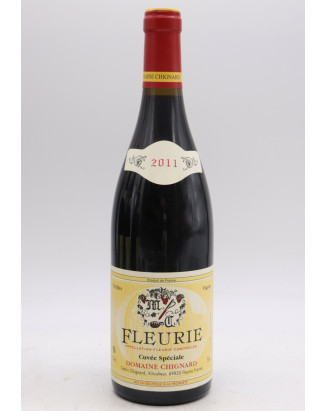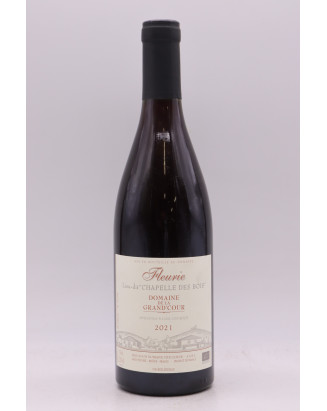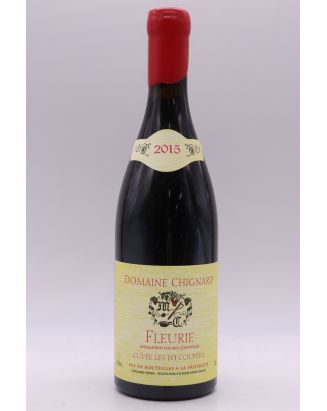














The Fleurie appellation, located in the heart of Beaujolais, has a rich and ancient history. Its origins date back to Roman times, but it was during the Middle Ages that viticulture truly flourished in the region. The name "Fleurie" evokes the beauty of the surrounding landscapes, marked by green hills and terraced vineyards. Fleurie's development as a distinct cru in Beaujolais was formalized in 1936 with the awarding of the controlled designation of origin (AOC).
Fleurie extends over approximately 800 hectares of gentle hills, characterized by pink granite soils that impart a particular minerality to the wines. The terroir of Fleurie is unique, offering a combination of decomposed granite and volcanic rocks. The vines, mostly planted with the Gamay grape, thrive on south-facing hillsides, benefiting from optimal sunlight.
Fleurie's viticulturists, aware of the importance of terroir, often practice environmentally friendly cultivation methods. Biodiversity is encouraged, and some estates adopt biodynamic approaches, promoting soil and microorganism diversity.
Fleurie wines stand out for their elegance, finesse, and aging potential. Here are some characteristics of the profile of Fleurie wines:
Aromas and Flavors: Fleurie wines reveal delicate aromas of red fruits such as cherry, strawberry, and sometimes floral notes, giving an impression of finesse and femininity.
Tannic Structure: Although the tannins are generally soft and silky, they contribute to the wines' structure, allowing them to age with elegance. Young wines can be charming, while more mature ones develop additional complexity.
Freshness and Acidity: Fleurie often offers a beautiful freshness in the mouth thanks to well-balanced acidity. This imparts a liveliness that makes the wines particularly enjoyable to taste, especially in their youth.
Balance: The balance between fruit, acidity, and tannic structure is a key characteristic of Fleurie wines. This balance makes them versatile, suitable for consumption both in their youth and after a few years of aging.
Gastronomic Pairings: Due to their elegant and fragrant profile, Fleurie wines pair well with a variety of dishes, including grilled meats, poultry, Mediterranean dishes, and even some cheeses.
In summary, Fleurie, as a cru of Beaujolais, offers wines characterized by their delicacy, balanced structure, and the ability to evolve gracefully over time. These captivating wines reflect the harmonious marriage of distinctive terroir and the expertise of the region's winemakers.
Discover great estates that produce Fleurie wines as Chignard, Grand’cour, Jean Foillard or Jules Desjourneys!
As well as the best vintages of the Beaujolais region: 2005, 2009, 2011, 2015, 2018, 2020, and 2022! Years filled with sunshine, featuring low yields and a magnificent concentration of juices!